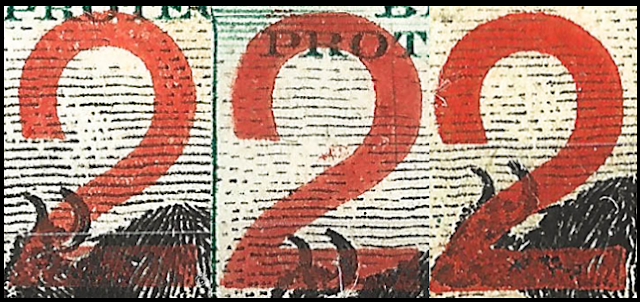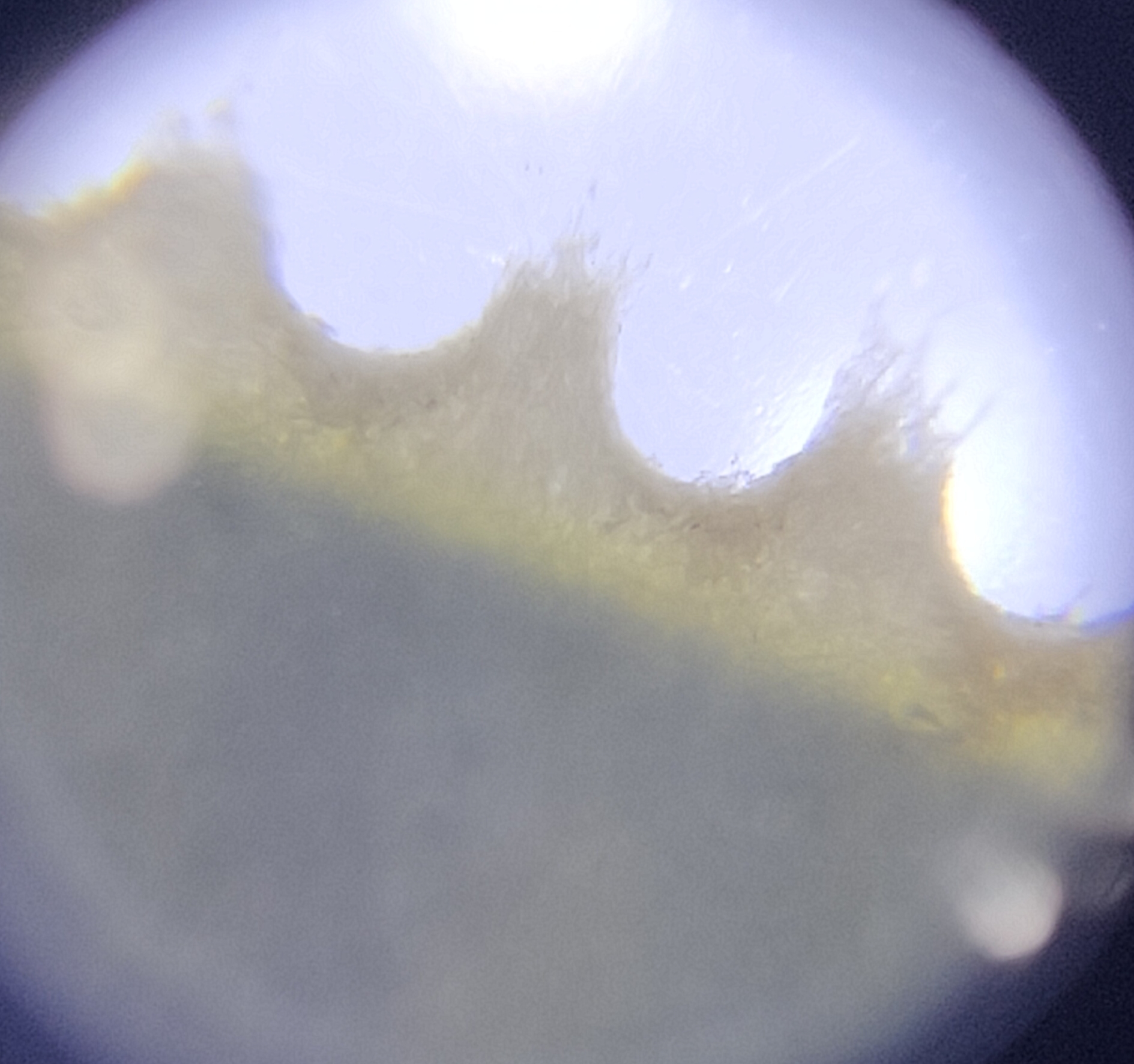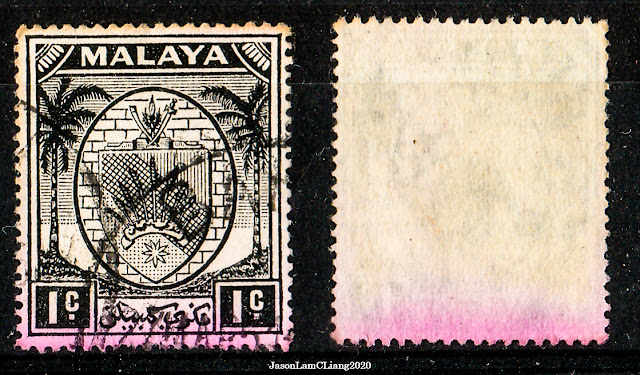North Borneo 20c on 18c: Through Thick and Thin
The 1909-1922 series of North Borneo stamps featured intricate and beautifully engraved subjects. Interesting enough, the 18c stamp that featured a banteng (Tembadau in the local language) were withdrawn in the same month that it was issued for provisional use. Why, you ask? There were simply no postal requirements for it.
 |
| Left: 1909 (July), 18c, ISC#151 Right: 1909 (September), 18c surcharged with 20c, ISC#153 |
"It is believed that 50,000 18c stamps were printed and of these 5,000 had been sold, 5,000 were retained at Sandakan, and 40,000 were returned to London" [1].
The numbers here speak for scarcity of mint and postally used 18c stamps. Defaced 18c stamps are usually CTOs. And it is logical to expect that a large number of these values were CTOs instead of bearing circular date stamps, since there were no postal requirements for it.
Those that were returned to London were surcharged 20 CENTS by Waterlow & Sons, Ltd. Additionally, it was also believed that, theoretically, not all 40,000 were surcharged at the same time as the overprints had two distinct shades: carmine and vermillion.
 |
| Left: Overprint in Carmine; Carmine is deep, bright, almost crimson red. Right: Overprint in Vermillion; Vermillion is reddish orange. |
Varieties of the overprint leads to a far more interesting journey as the word 'CENTS' were also seen in 2 versions: Thick and Thin letters.
The number '20' also had varieties pertaining to its thickness. It was stated that the number '20' had three types: Thin, Intermediate, and Thick.
 |
| The thickness of the numbers are a bit tricky to determine. Try focusing on just the number '2'. It might help. |
 |
To make things more interesting, the thickness of the 'CENTS' and the number '20' do not correspond to only specific types. There could be thick 'CENTS' with thin '20', thin 'CENTS' with thick '20', and so on.
 |
| Thin 20, Thin CENTS |
 |
| Thick 20, Thick CENTS |
 |
| Intermediate 20, Thin CENTS |
 |
| Thin 20, Thick CENTS |
In addition to overprint varieties, there is also one perforation variety, which sadly I do not have a copy of it yet. These are all between P. 13.5-14 while a small number of P. 15 exists.
I have always loved this issue since it has a striking overprint. Big, red, and bold! I hope to find a P. 15 soon. As a matter of fact, I did purchase one that was advertised as P. 15, however it turned out to be P. 14 when it arrived. Luckily, the seller was really quick to offer a refund and apologized for the mistake.
Thank you for dropping by! All comments are appreciated.
Reference:
1. The Stamps and Postal History of North Borneo, Part 3, 1909 to 1938 by L. H. Shipman and P. K. Cassels



Hi, I am a Jesselton located Borneo QV to GV stamps collector. May I dare to ask for confirm the difference between North Borneo 1925 20c on 18c blue-green SG 287 and 1909 20c on 18c.
ReplyDeleteHi Piper27, it comes down to the perforations. 1909 20c on 18c has a perforation between 13.5 - 14 and 14.5 - 15, while 1925 20c on 18c's perforation is 12.5. You will need a perforation ruler or gauge to measure that.
Delete